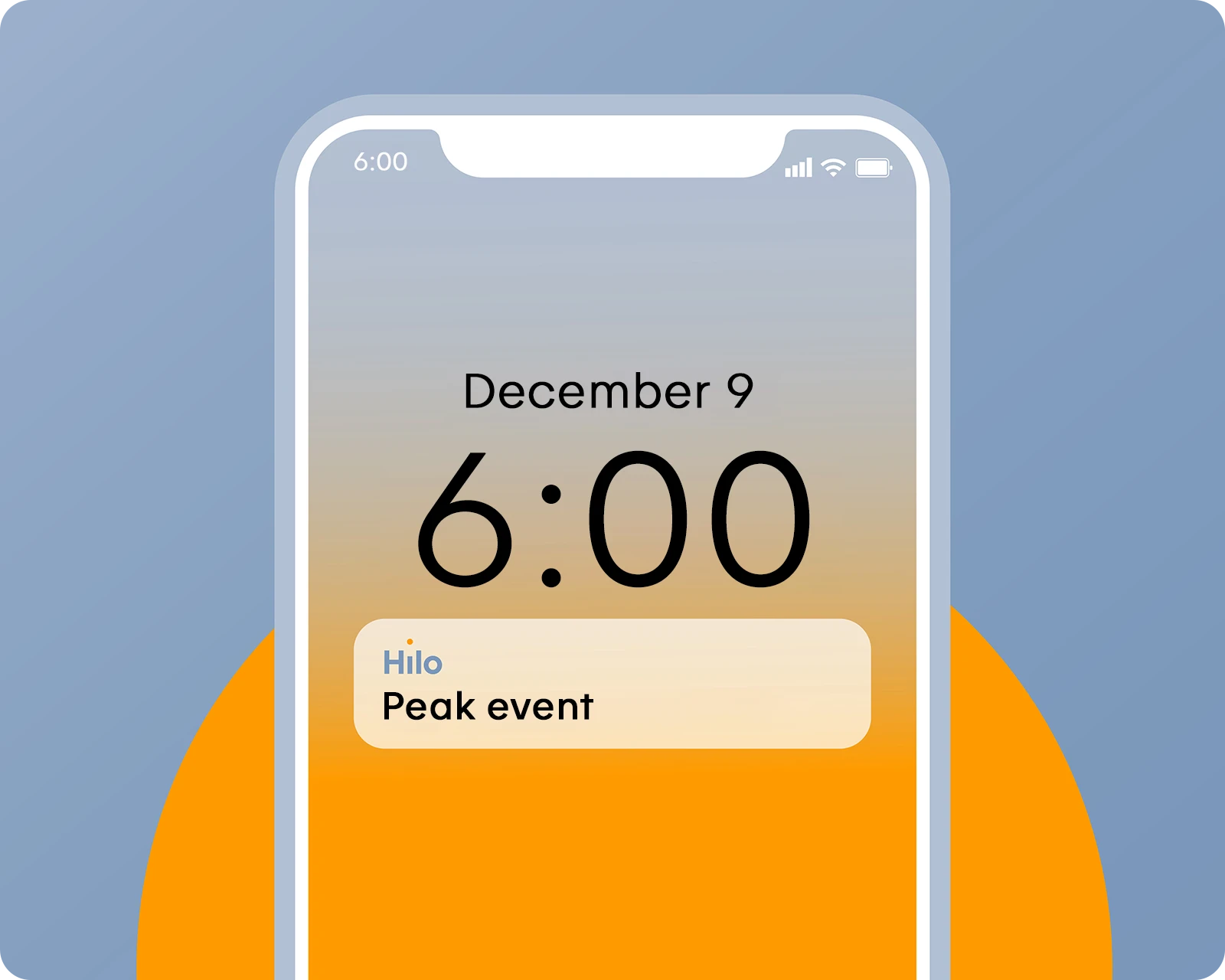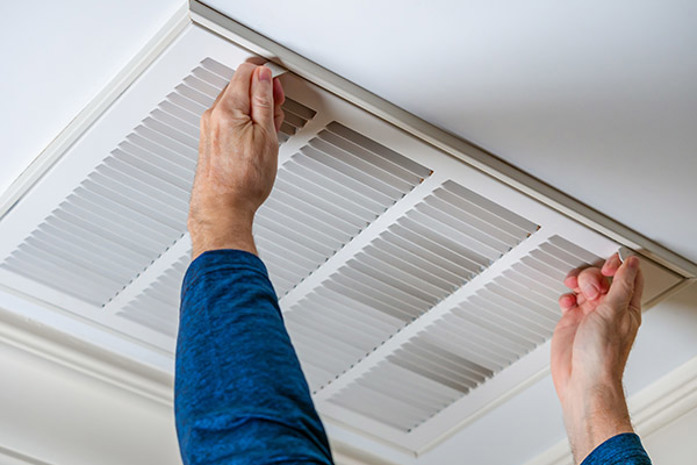There’s no fixed temperature threshold, but temperature is an important factor.
Peak events are scheduled when Hydro-Québec anticipates high electricity demand across the province during the winter — that's the main consideration. On cold days, many people use more energy at the same time, which puts pressure on the grid. As a result, temperature plays a key role in forecasting demand.
However, demand doesn’t stay the same at a given temperature. For example, after several consecutive days at –10°C, electricity demand is typically higher on the last day than on the first.
Other factors that influence demand forecasts include operational constraints related to electricity supply, transmission, and distribution. To manage demand effectively, Hydro-Québec rigorously applies a range of tools, including dynamic pricing.














